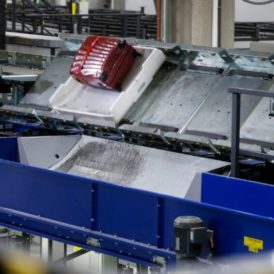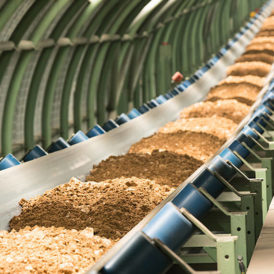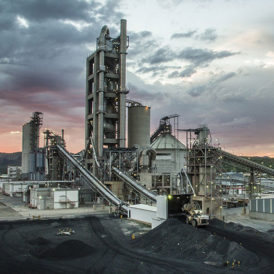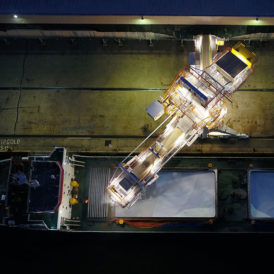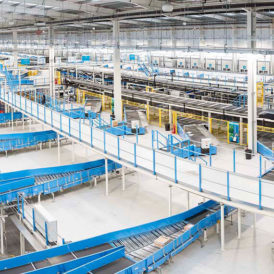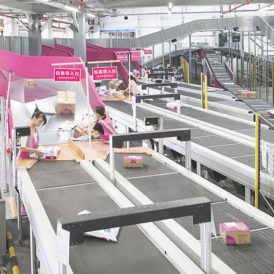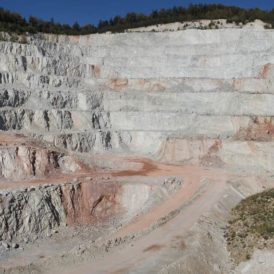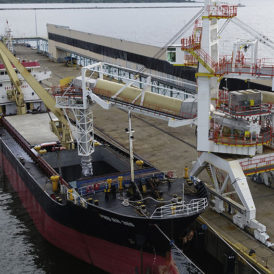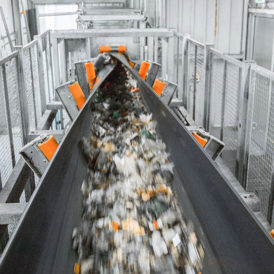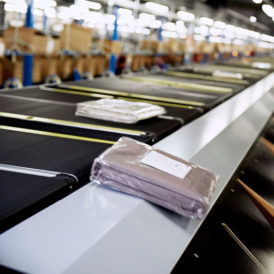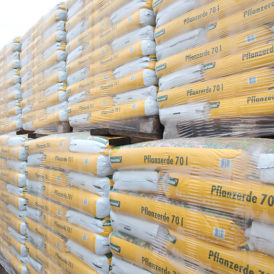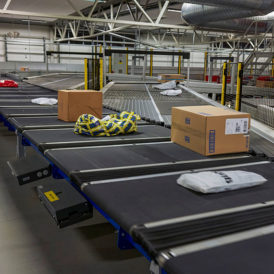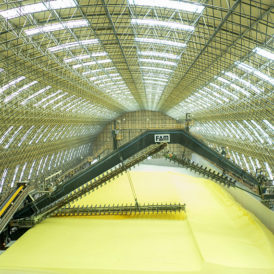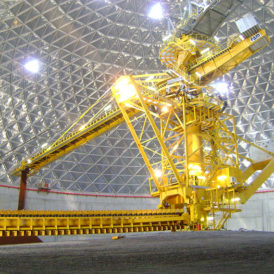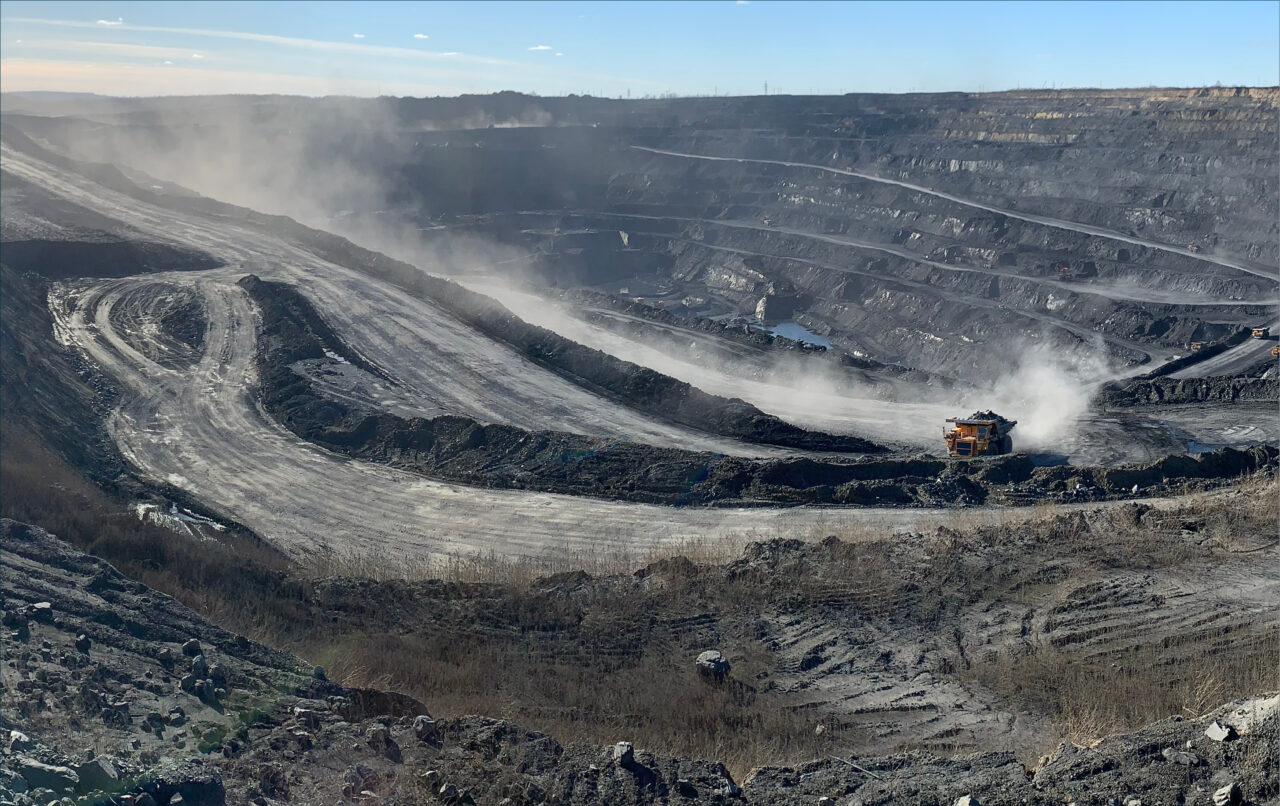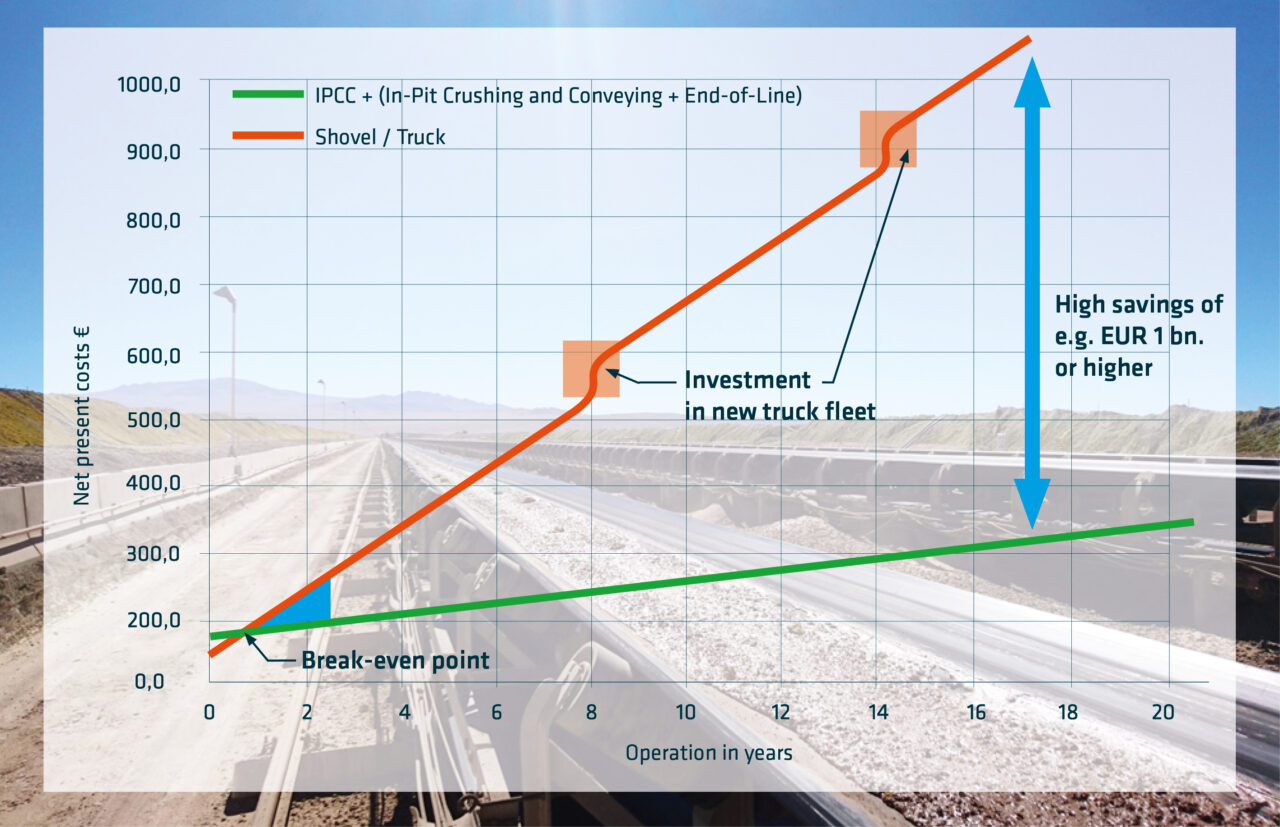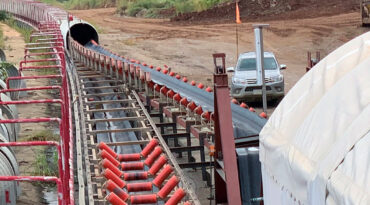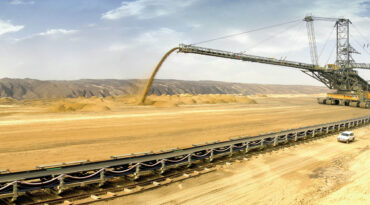By Guido Hesse, FAM
MINING TRANSPORT EVOLUTION
Human beings have been extracting materials such as iron and copper ores for more than a thousand years. The technology available to transport these materials from the point of extraction to places where they can be processed and then on to their final point of use has evolved gradually over time.
Horses and mules gave way to rail transport as early as the 1500s and minecarts continued to be deployed into the early 20th century. The first dump truck did not appear until the 1930s. Developed specifically to address the increasingly industrialised nature of mining, the design evolved throughout the 20th century to increase power and payloads. Today, most mines rely on large fleets of ‘monster’ shovel/dump trucks as the tried and trusted method of moving bulk materials around.
However, the growing impetus to reduce environmental impacts and make mining operations more sustainable and efficient without massively increasing costs is challenging this truck-based mode of haulage.
THE TROUBLE WITH TRUCKS AND THE FUTURE OF CLEAN MINING
Diesel-driven trucks deliver low sustainability and high emissions, as well as consuming lots of natural resources such as rubber for tyres – not an ideal combination for an industry aiming to improve its environmental performance and mine efficiency. Reliance on trucks means that mines are producing aggregates with a high carbon footprint. While the use of hybrid vehicles may reduce CO2 emissions somewhat, depending on mine size, they are not yet a permanent solution and do not support a clean and sustainable mining model or efficient mine operation.
In addition to the cost to the planet, we need to factor in the cost to the mining company. Establishing a fleet of trucks is an expensive exercise. A single large heavy duty truck could cost several million euros. In addition, whole road networks need to be constructed and maintained, and a service location to maintain and repair the fleet is required.
Trucks not only represent a high capital cost: the operational costs associated with running a fleet are also considerable. A truck can typically travel more than 120,000 miles in a year over rough terrain and dirt roads. Field service and support to keep a fleet operational can represent as much as 15-20% of mine equipment costs. The wear and tear means large heavy duty trucks generally need replacing every 8 to 10 years – three or four times during the lifetime of the mine. Truck efficiency decreases dramatically after the first few years, so maintenance and replacement costs are therefore a significant overhead – particularly where multiple trucks are needed for volume conveying.
Other disbenefits associated with trucks include inefficient routing (due to factors such as sight, stopping distances and mine topography); high dust pollution, noise emissions and safety risks; and potential disruption due to adverse weather conditions.
All things considered, the time has come for a paradigm shift in the way we approach sustainable mine planning and operations in the 21st century.
